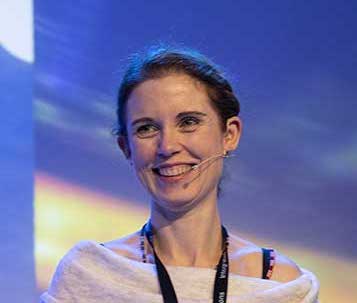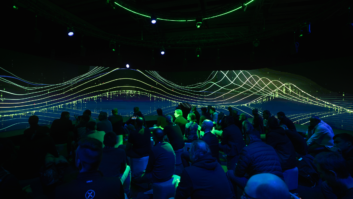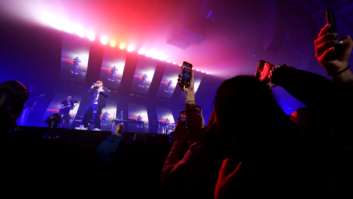
If there is a sector where technology has been the driving force, it is interactive attractions. Actually, when it was launched, the interactive theatre was such a technology-driven innovation that it took a couple of years to figure out if there was a market for it. A typical example of how technology shapes the needs and not the other way around…
Dark rides have existed for a long time, mostly with mechanical components, yet because of their very nature, only good use of technology could augment their appeal. The capability of projection technology and computers with powerful graphic engines opened a world of new opportunities. With media-based scenes, projection mapping, animated figures made interactive and all sorts of enhancements, the genre has experienced a rebirth and is becoming one of the landmark attractions in theme parks around the world.
With a variety of technologies being hyped across the industry from head mounted displays (HMD), virtual reality (VR) and augmented reality (AR) to mixed reality (MR), the main focus remains the user experience. Physical attractions at theme parks or other venues need to offer their guests something they cannot experience at home.
Enhanced user experiences
At the heart of a successful interactive attraction is a powerful user experience, created by a compelling story, with techniques that engage the user emotionally and allow easy interaction with all media elements of the story. The individual is important as well as the social component, allowing users to enjoy the ride with friends or family.
The theming and storyline for an attraction will be defined by the park and area theming, cultural preferences, audience profiles and then matched with an existing or purposely built IP and their characters. As dark ride attractions on average take about three to four minutes, the story should not be overly complicated, yet it should be compelling enough to trigger the attention and generate excitement and repeat visits.
It’s important to build up the story at the entrance, warming up the visitors, before taking them from one screen to another through the story, ending with a result they helped obtain – usually defeating the ‘bad guys’. All physical elements in the attraction will contribute to the story immersion, from vehicles and shooting devices to physical elements like props and animatronics.
A unique user experience can be created by taking into account three key design areas, which need to be perfectly aligned and integrated into the story:
– Story design: focusing on the design of the story, world and elements such as characters, settings, events and the plot
– Audience engagement: focusing on the design of those aspects of the transmedia story involving the audience’s intellectual and emotional participation in the story
– User interaction design: how users mentally and physically interact with the story’s interface when navigating through the narrative
Interactive technology will maximise the physical environment and augment the overall experience. MR mixes physical spaces and elements with digital overlays, offering great opportunities for interactive attractions. Most often these are using high definition screens, video and 3D projection mapping, optical illusions, haptic features and animatronic figures, as well as variable lighting to enhance the immersion of guests into the story.
Alterface has been developing such interactive mixed-media attractions for many years, bringing new technology advancements each year. The latest development is a non-linear approach called Erratic Ride, whereby the scene sequence can be determined by the guest. The first one is being installed in Walibi Belgium with Popcorn Revenge. It’s more complicated from a technology and ride flow perspective, but it offers more fun and challenges to the guests, who get more control over their actions and thus become more engaged.
Laurence Beckers is creative director at Alterface







